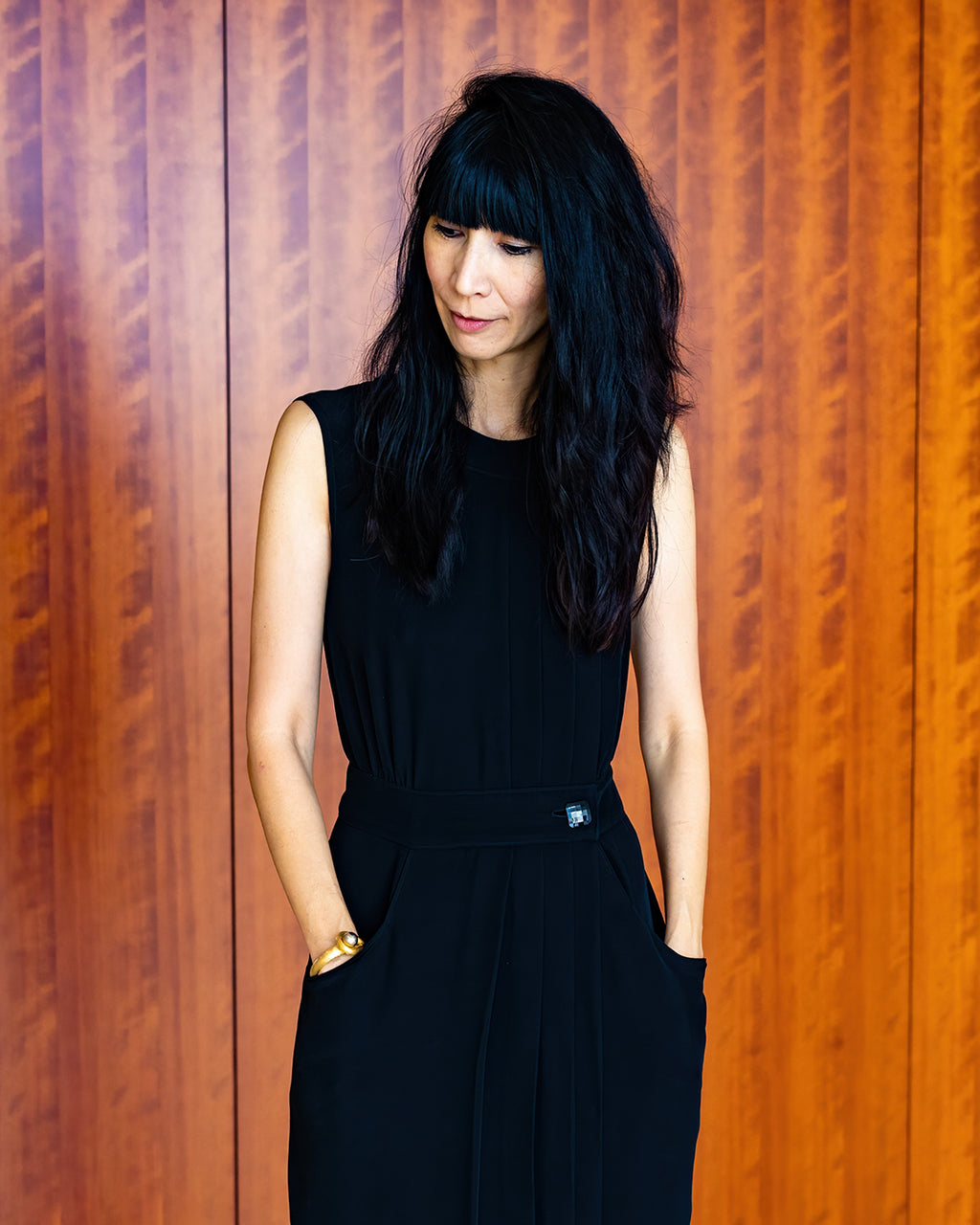Mishima’s Muse
Japan Society’s Yukio Mishima centennial series culminated with “Mishima’s Muse – Noh Theater,” which was actually three programs of traditional noh works that Japanese author Yukio Mishima adapted into modern plays.
Plus
World-class review of ballet and dance.
“That was beautiful, but I didn’t get it,” was a refrain Brett Ishida got used to hearing in the audience at dance performances. At the time, Ishida, a former dancer, was studying for her degrees in English and education. She says the comment made her consider the potential in the journals and written narratives she’d been keeping for years—and provided her with the unlikely inspiration to create dances that would resonate with audiences.
“I thought, ‘I would love to create works that are really relevant, that are something that people in modernity can really understand and relate to,’” she remembers. Her observation—and the drive it created—turned into the ethos behind Ishida Dance Company.



“Uncommonly intelligent, substantial coverage.”
Your weekly source for world-class dance reviews, interviews, articles, and more.
Already a paid subscriber? Login

Japan Society’s Yukio Mishima centennial series culminated with “Mishima’s Muse – Noh Theater,” which was actually three programs of traditional noh works that Japanese author Yukio Mishima adapted into modern plays.
PlusThroughout the year, our critics attend hundreds of dance performances, whether onsite, outdoors, or on the proscenium stage, around the world.
PlusOn December 11th, the Alvin Ailey American Dance Theater presented two premieres and two dances that had premiered just a week prior.
PlusThe “Contrastes” evening is one of the Paris Opéra Ballet’s increasingly frequent ventures into non-classical choreographic territory.
Plus
comments